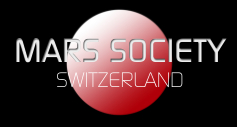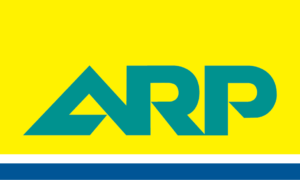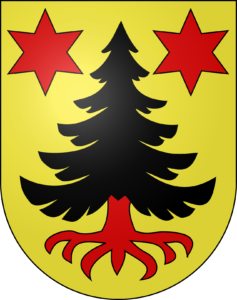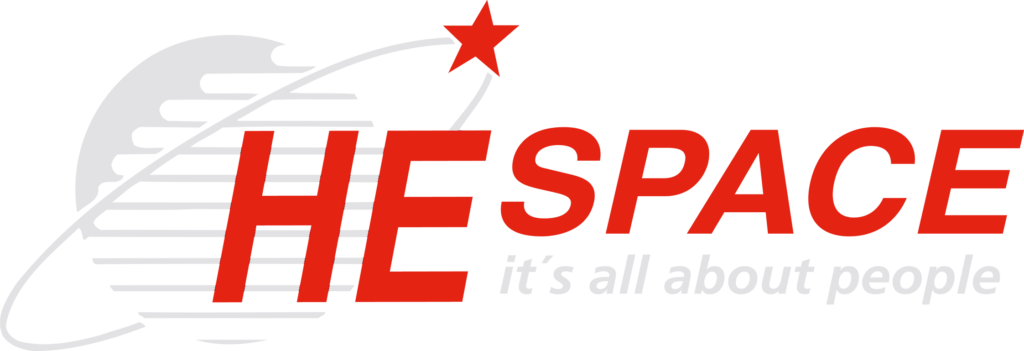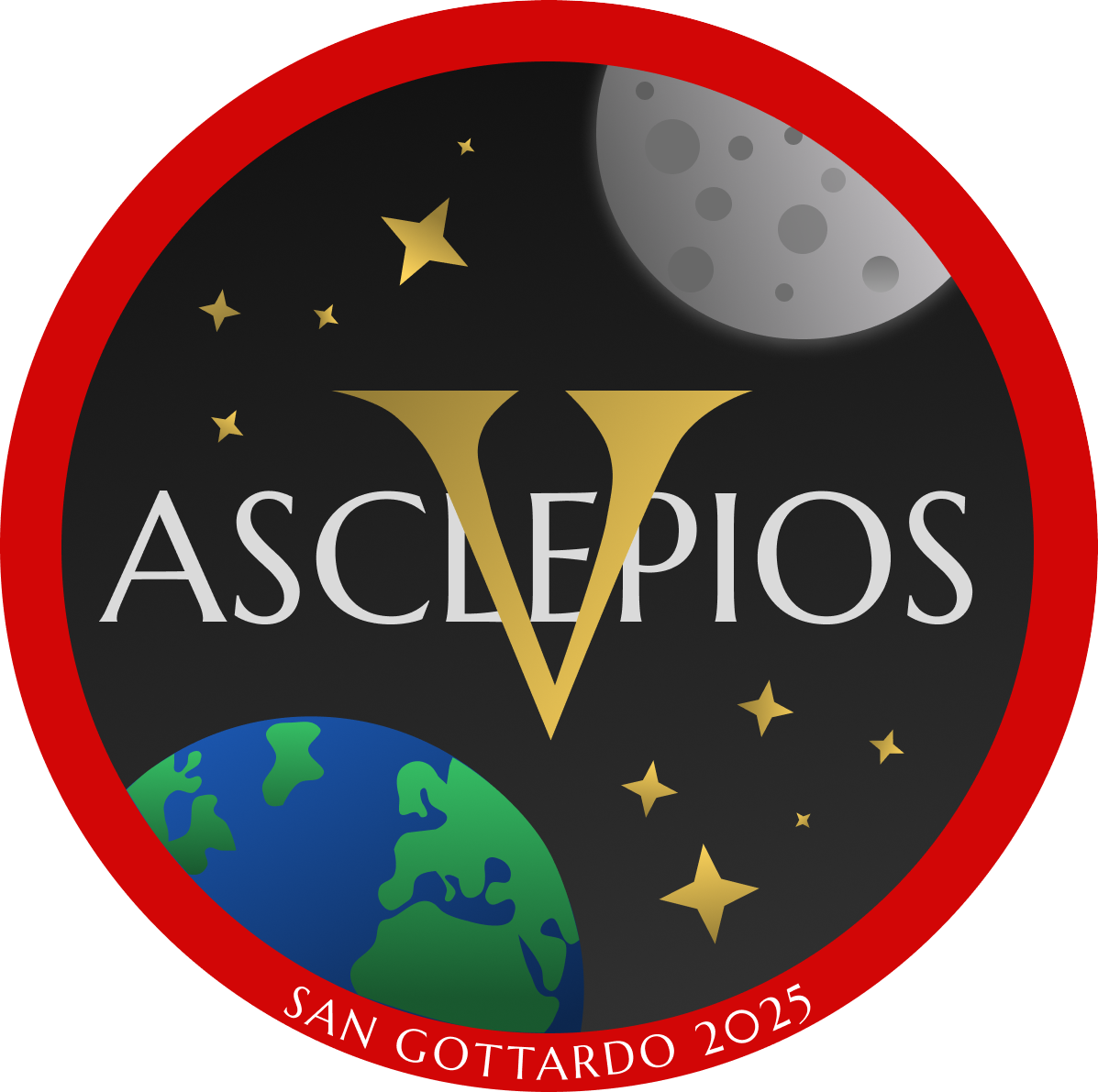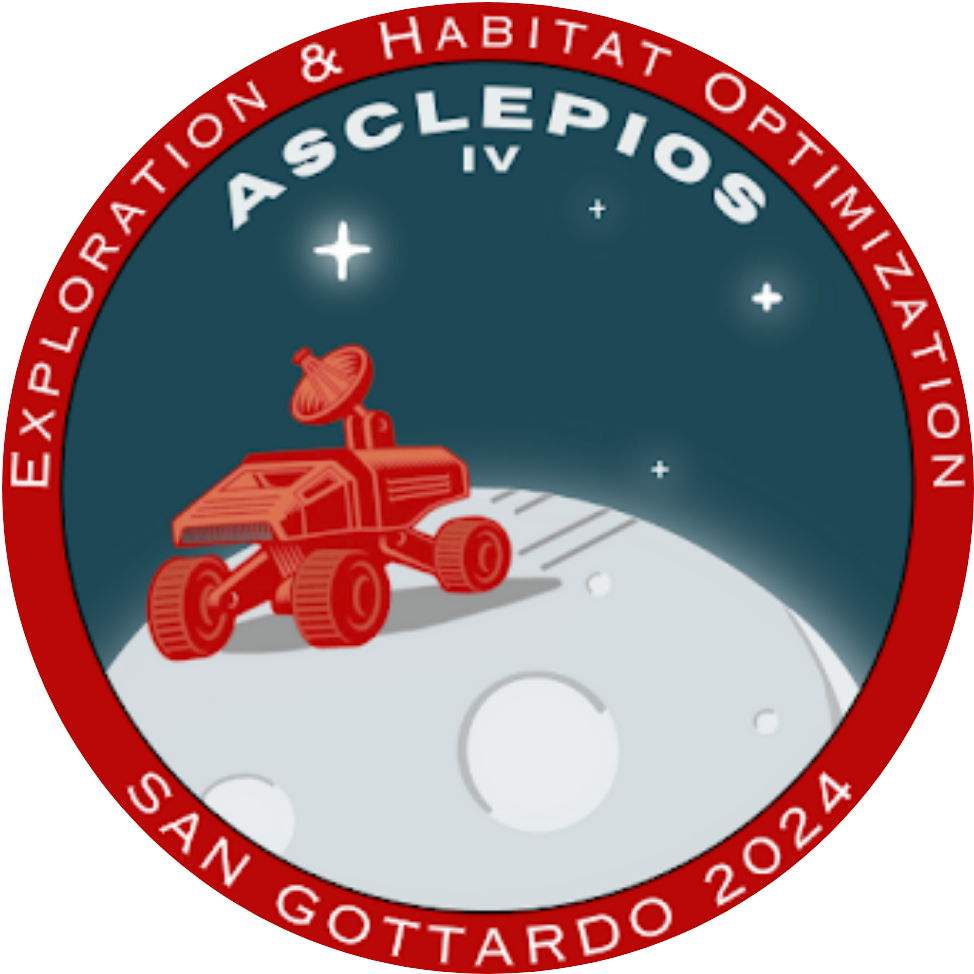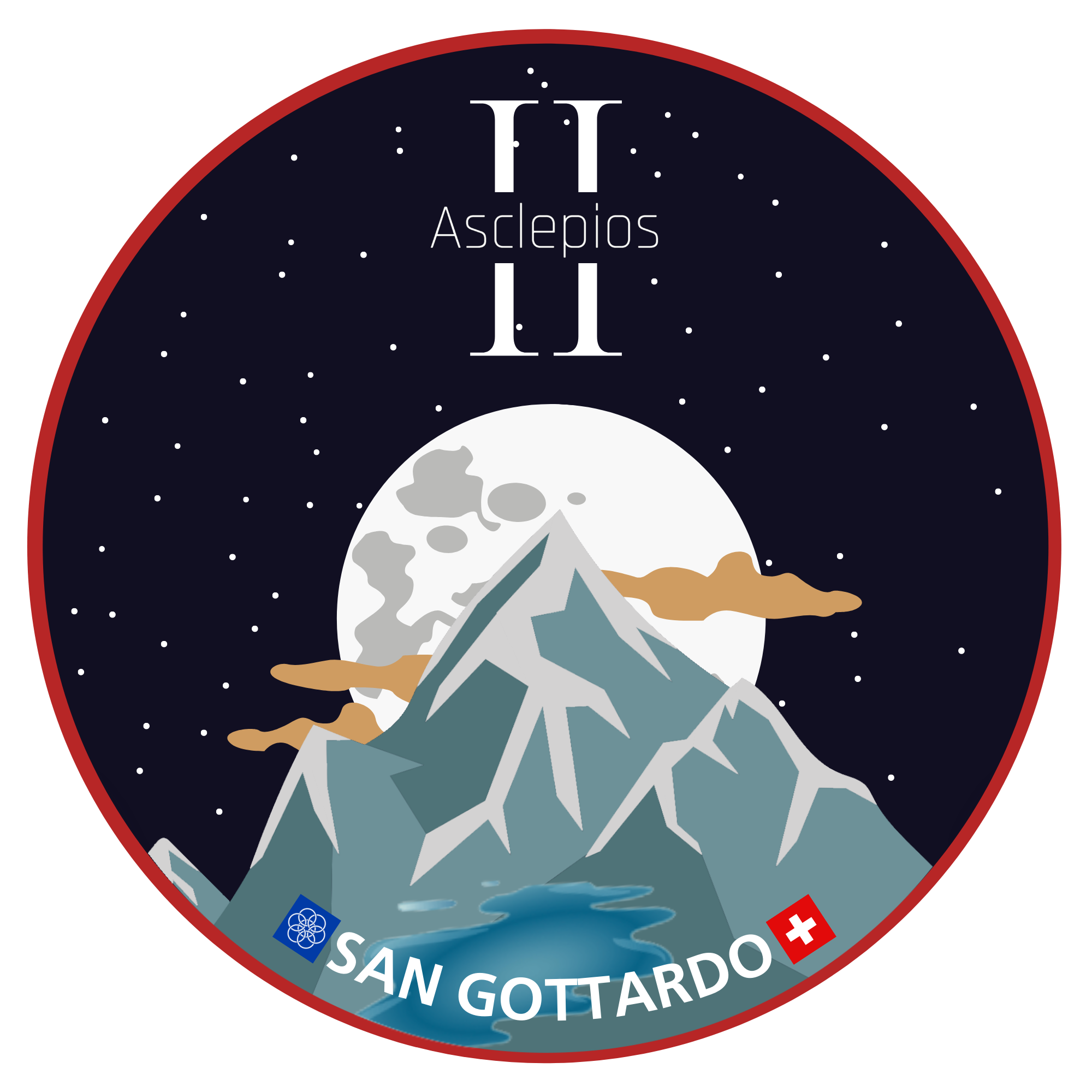
Patch design: Asclepios Team
Asclepios I
As the first mission of the Asclepios project, Asclepios I laid the foundation on which the following missions will be built. It served to accomplish the project’s goals as it demonstrated the viability of student led analogue missions. This mission served the purpose of testing the structure chosen for an Asclepios analogue mission but also the project structure itself. It was also oriented towards an ecological and sustainable approach. This was underlined by multiple choices ranging from alimentation to the construction of base structures.
The Genesis Crew
This Asclepios I crew is composed of six members of the astronaut crew and two backups. The crew performed an analogue space mission in all its components: training and through preparation; maintain and perform repairs of their base if needed; conduct scientific experiments and communicate with the ground team of the MCC as would a regular astronaut crew. The backups stand ready to replace an undisposed astronauts prior to launch and are therefore trained in the same manner as the crew. The astronauts have been drafted from students all around the globe whose level of study ranges from bachelor to PhD.

patch design: Asclepios Team
Eléonore Poli
PhD in Materials & Metallurgy, University of Cambridge
Nationality: Swiss
Age: 26
Role: Commander
Willem Suter
MSc in Automation and Control with Minor in Space Technologies, EPFL
Nationality: Swiss
Age: 24
Role: Astronaut
Manuela Raimbault
PhD in astrophysics, University of Geneva
Nationality: France
Age: 32
Role: Astronaut
Sebasthian Ogalde
MSc in mechatronics Engineering, Politecnico di Torino
Nationality: Chilean
Age: 26
Role: Astronaut
Sophie Lismore
BSc in physics, EPFL
Nationality: Swiss
Age: 21
Role: Astronaut
Julien Corsin
MSc in communication systems with Space Technologies Minor , EPFL
Nationality: France
Age: 21
Role: Astronaut
Aubin Antonsanti
MSc in Nuclear Engineering, at INSTN – CEA
Nationality: France
Age: 24
Role: Backup Astronaut
Christian Cardinaux
BSc in Mechanical engineering at EPFL
Nationality: Swiss
Age: 26
Role: Backup Astronaut
Scientific Experiments
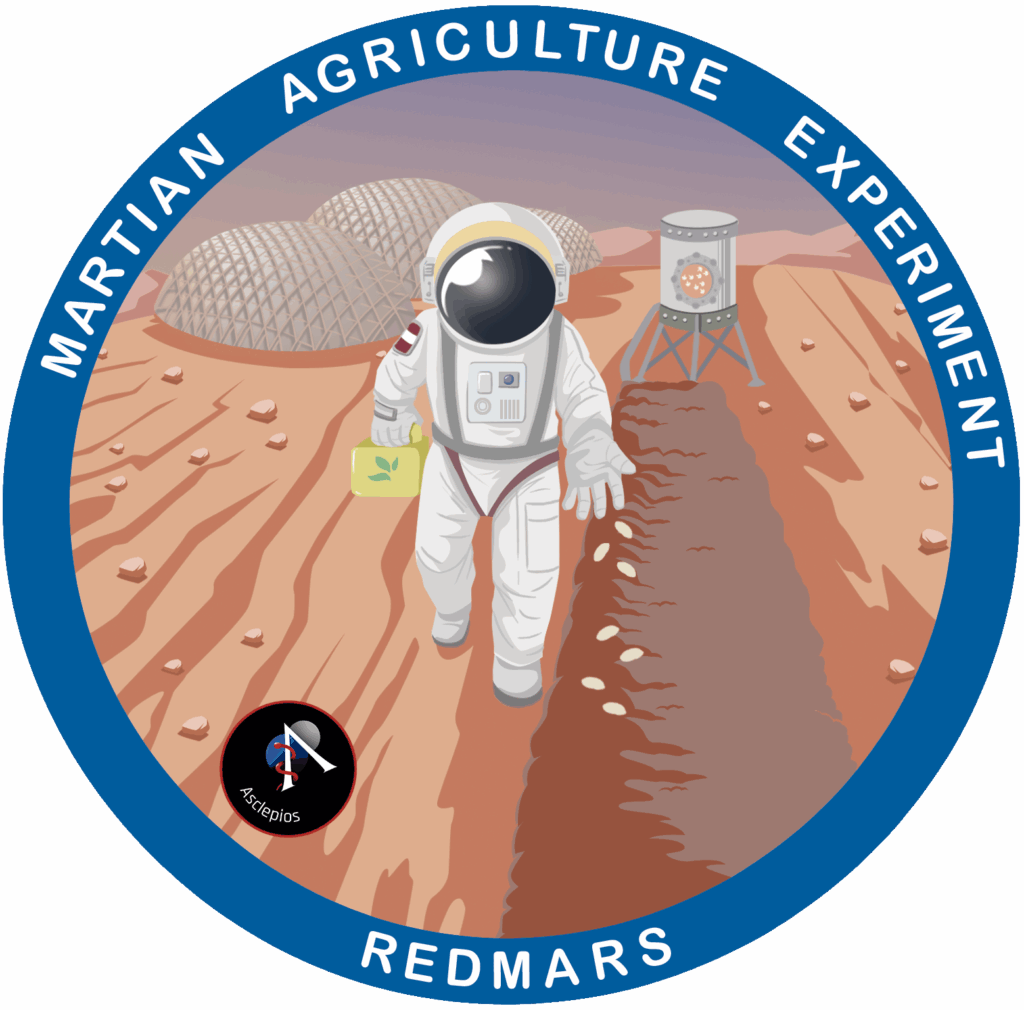
REDMARS
Principal Investigator: Gustavo Jamanca Lino
The experiment aims to develop a method that reduces the perchlorate content of the soil by 90% percent. The test also aims for a minimal use of water, according to the sustainability goal of the mission. An analogue soil will be testes. The experience hope to achieve these results using a system designed to apply 3 environmental and hydrometallurgical technologies: Dissolution, Filtration and Ion Exchange, in order to eliminate perchlorate salts from the soil of Mars.

NASA Psychology project
Principal Investigator: Dr. Caroline Pulfrey and Dr. Kim Lê Van
The aim of the study is to help validate NASA’s standard health measures and explore some of the antecedents that might influence individual responses in challenging and demanding environments.
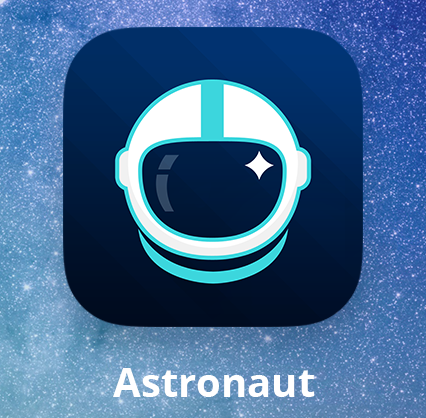
EVA App
Principal Investigator: Lukas Powollik – BlueSAT
The goal of the project is to develop an application used by astronauts during EVAs. The first iteration of the app will be used while executing the EVA experiments, to collect the localisation of points of interest identified by the astronauts. Later iterations will expand on the app capabilities.
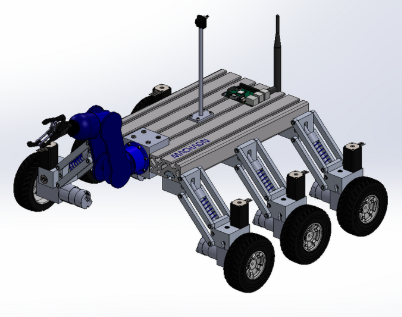
Rover
Principal Investigator: Christian Cardinaux
The project goal is to design a stand-alone drone system. The rover design is intended to utilize a novel “modularity” approach for system components, becoming customizable depending on the context of the mission/experiment.

AstroLink
Principal Investigator: eSpace
AstroLink is the internal Mission Control Center software. Currently, it behaves as a storage center for experiments and flight planning. The primary goal is to have a centralized software implementation for data and communication.
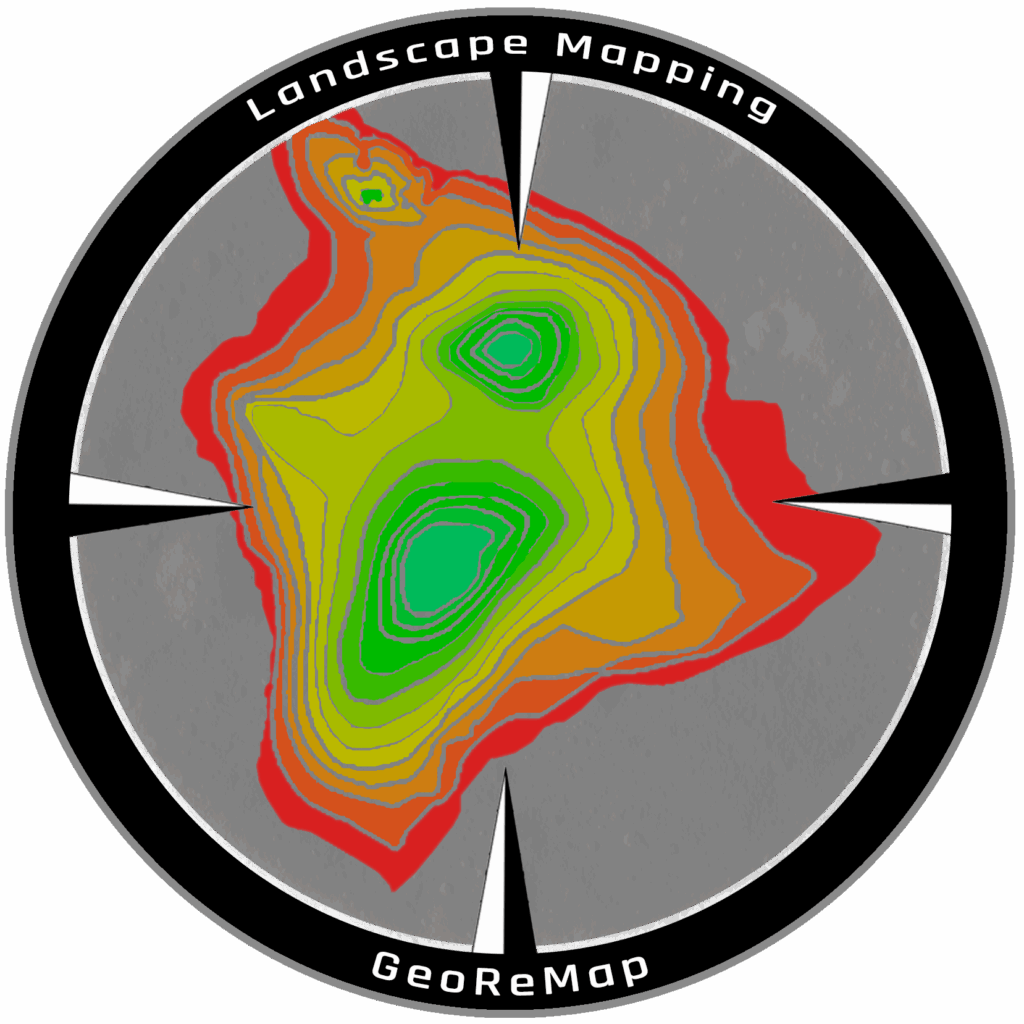
GeoReMap
Principal Investigator: Lukas Powollik – BlueSAT
The experiment tests and assesses a new approach for creating maps with combined remote sensing and field observation methods. The experiment will use location data coming from EVA App, together with surface images and landscape images for each waypoint in the map.
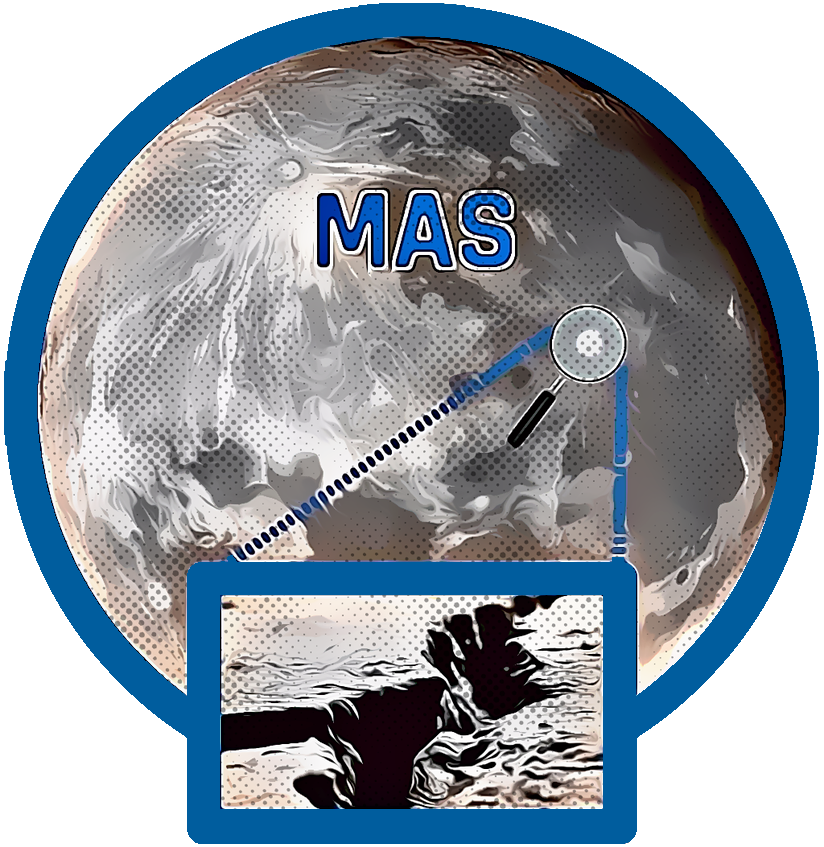
MAS
Principal Investigator: Team MAS
The project aims at developing a moonquake detection system as well as the associated contingency plans and evacuation procedures.
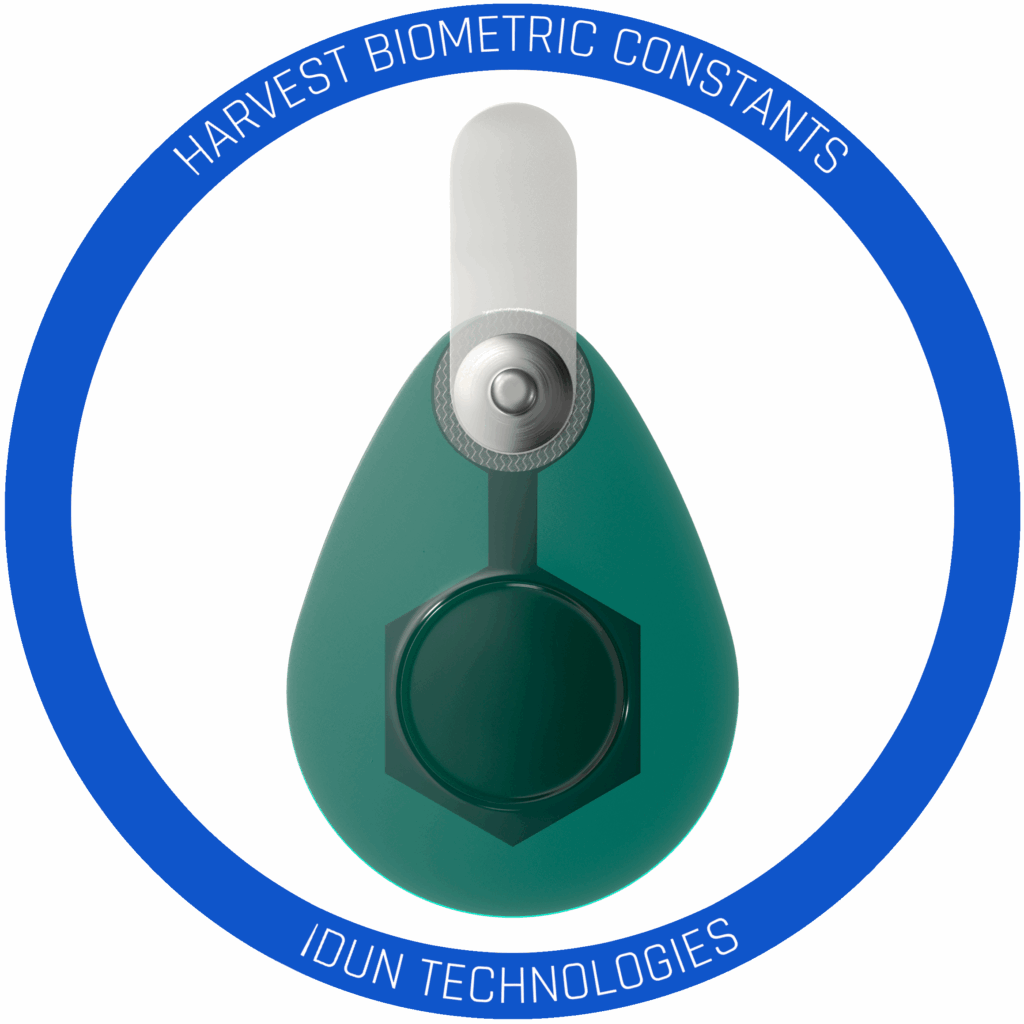
IDUN Technologies
Principal Investigator: IDUN Technologies Ltd.
The experiment aims at testing IDUN sensors to harvest biometric constants (while activities e.g. running, EVA, diving, sleeping). Sensors are meant to be fully integrated in space suits in further Asclepios missions.
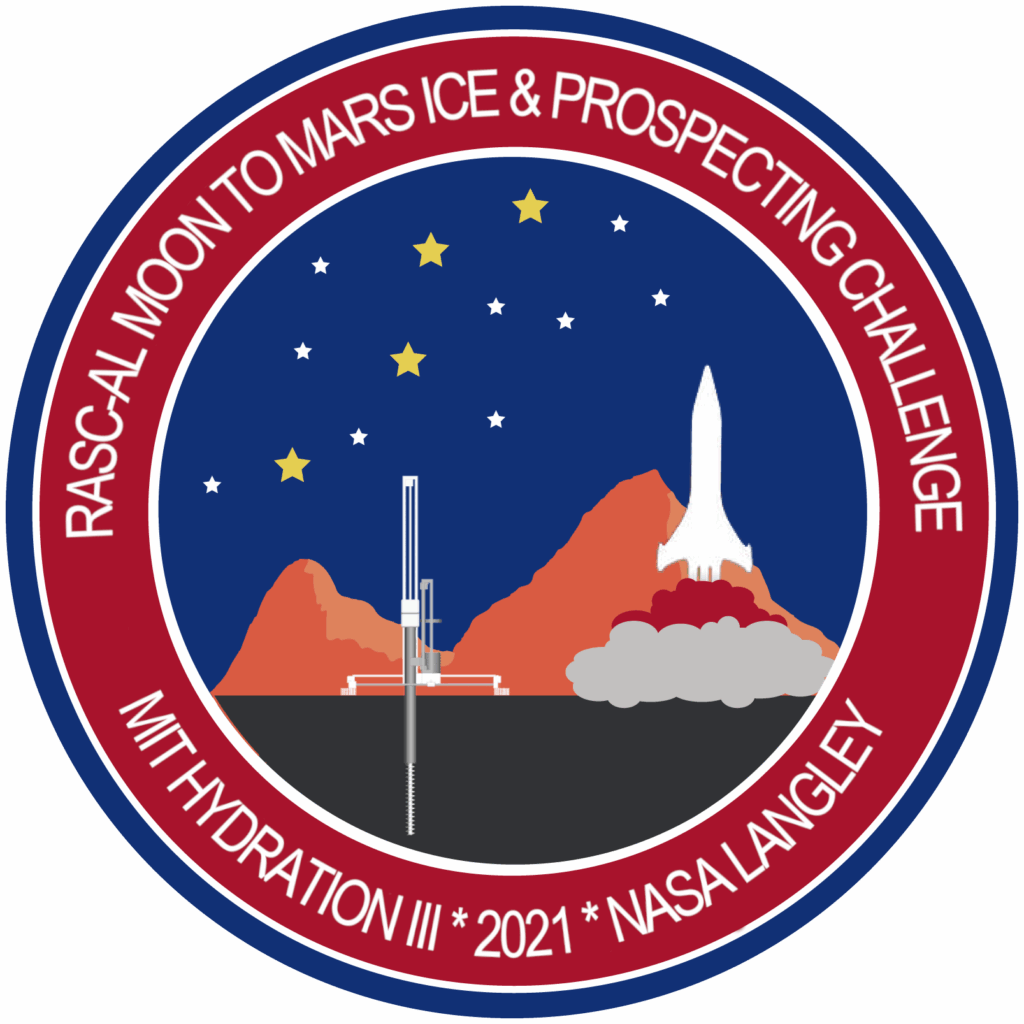
Hydration
Principal Investigator: Dr. George Lordos – MIT
The experiment tests remote operation of a subsurface ice extraction machine. The astronaut remotely controls the machine to dig holes to search and extract subsurface ice, and melt it to obtain liquid water.
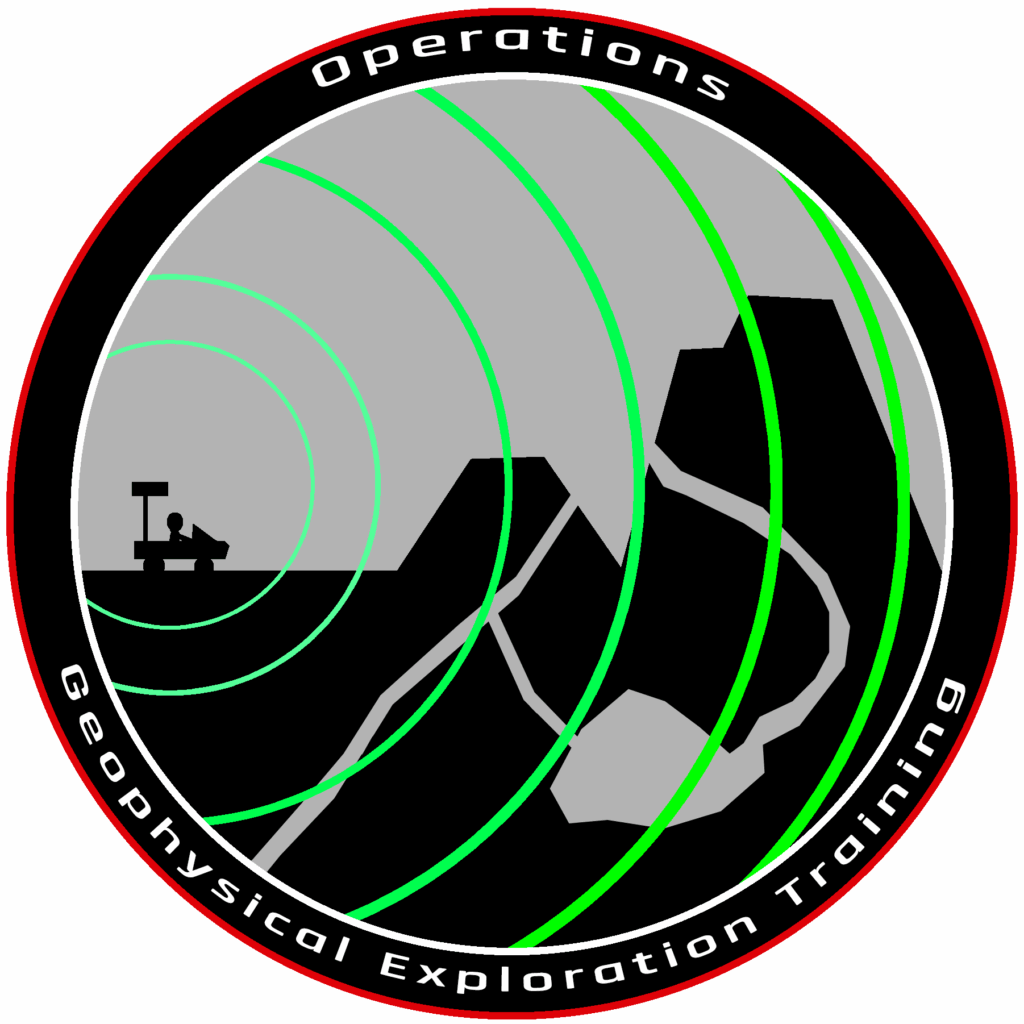
Geophysical Exploration Training
Principal Investigator: Cedric Schmelzbach – ETH
The goal of the project is testing a procedure dedicated to perform geophysical experiments on the Moon.
Our Teams

Project Leaders
Chloé Carriere & Elfie Roy
The project leaders are the chief executive for the mission. They mentour, coordinate and support all the Heads with their teams’ activities.
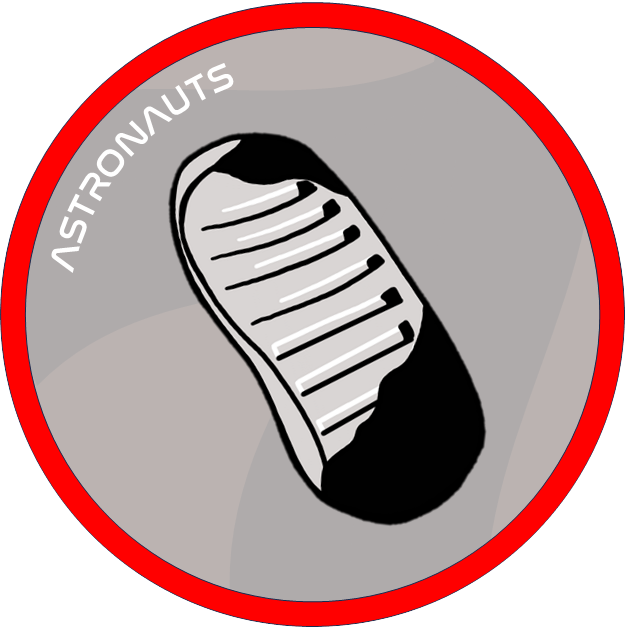
Astronaut Team
Team Head: Kevin Pahud
The astronauts team handles everything related to the astronaut crew of the Asclepios missions. They are responsible for every step of the recruitment and selection of the crew. Once the crew is recruited, its training (survival, science, communication protocols, teamwork) is their responsibility.
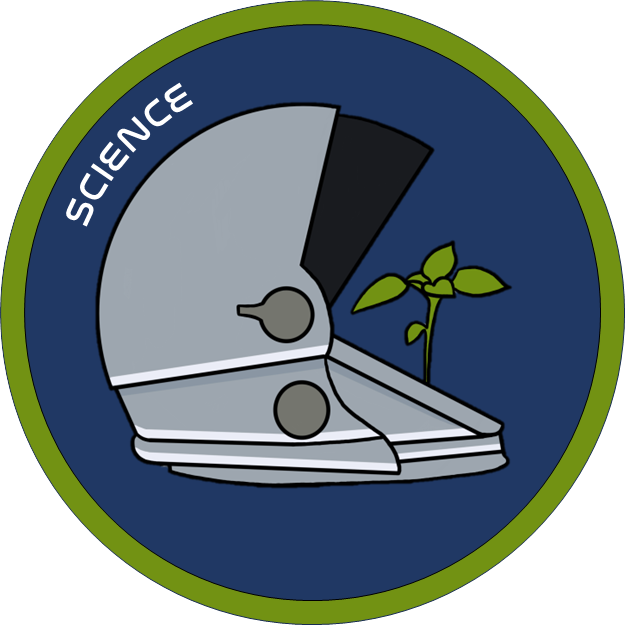
Science Team
Team Head: Benoit Cornet
The Science team interfaces between Asclepios and our scientific collaborators. Each year, the Science team puts out a Call for Projects to solicit proposals from academia and industry for projects to test in the Asclepios mission. Science team members collaborate with Principal Investigators throughout the year to implement their experiments in the mission. The Science team also plans and implements their own experiments..
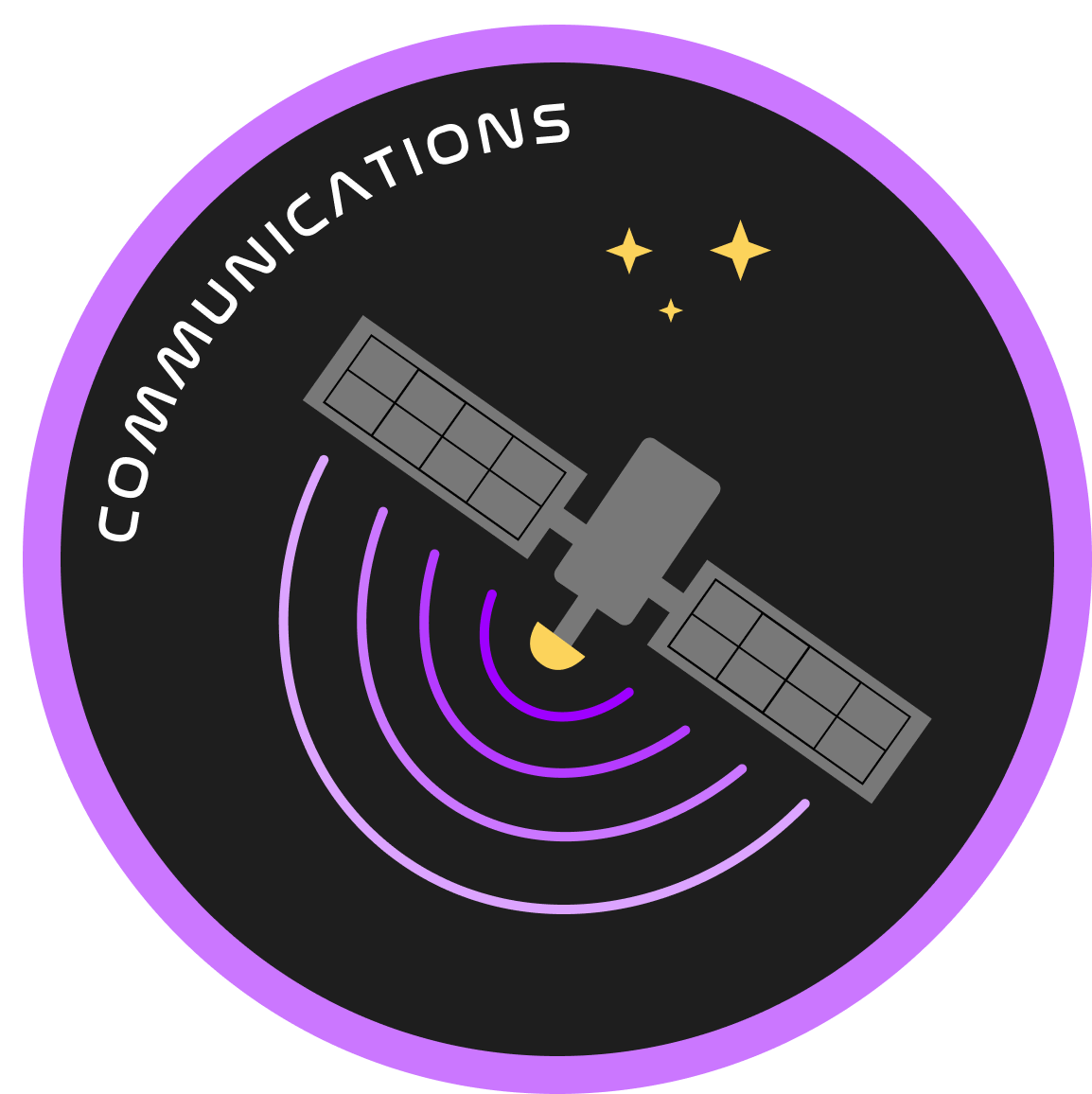
Communication Team
Team Head: Léonard Freyssinet
The Communications Team shares our work at Asclepios with the rest of the world! This team is responsible for managing the Asclepios social media and website, as well as designing team merchandise and mission and team patches.

Management Team
Team Head: Théodore Bellwald
The Management Team overlooks everything that ensures smooth functioning of the association, including finance, logistics, and legal departments. They work on the mission budget, partners’ agreements and general logistics for the mission.
Our Missions
Asclepios V
After four successful missions, Asclepios launched its fifth mission. Nine analog astronauts from around the world have been selected to become the Iris crew and spent up to sixteen days in isolation in the Sasso San Gottardo fortress. The mission brought exciting new features, including crew rotations and a rocket room to simulate the journey to the Moon!
Asclepios IV
The analog mission Asclepios IV, launched in Summer 2024, was a lunar base simulation. The astronauts were students that went through extensive training to master the successful execution of the selected projects and experiments. Upon successful completion of the trainings, six astronauts spent two weeks isolated inside a simulated lunar base, in Switzerland, and took part in extravehicular activities (EVAs).
Asclepios III
Asclepios III, our third analogue mission, was set in a Lunar South Pole environment. A crew of international analogue astronauts were placed in isolation and carried out experiments and EVAs to explore the challenges of space medicine. The mission itself took place at Sasso San Gottardo, Switzerland.
Asclepios II
Asclepios II, our second analogue mission, was set in a Lunar South Pole environment. A crew of international analogue astronauts were placed in isolation in the swiss alps and carried out experiments and EVAs focused on robotics, microbiology, and astronaut’s physical and mental health. The mission itself took place at Sasso San Gottardo, Switzerland.


